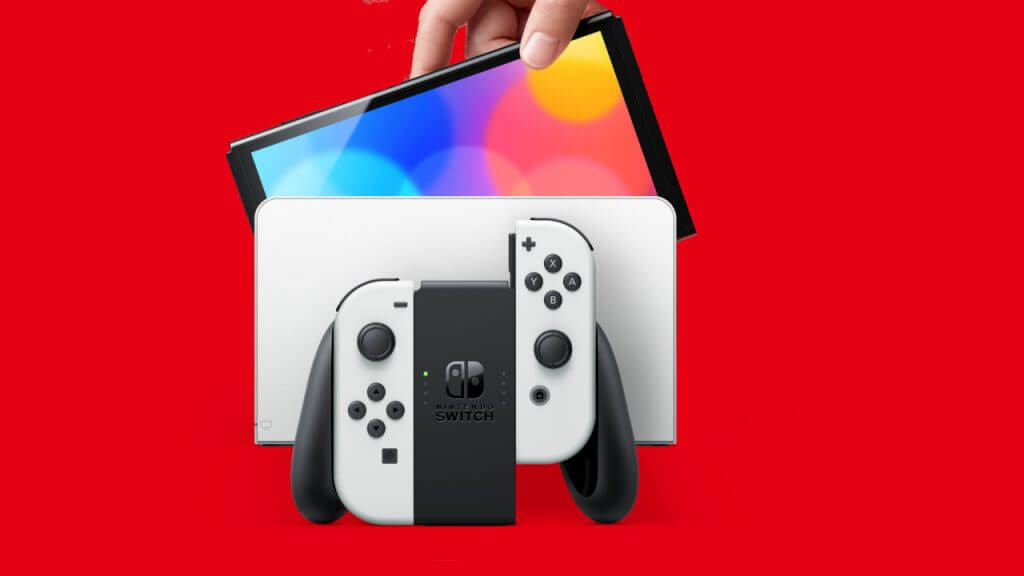Whether you play p2e.game for free or as a paid member, you are probably interested in how the in-game economy works. But are you aware of the latest technology, such as Blockchain, that can provide you with an even better experience?
Free-to-play vs paid
Among the plethora of mobile gaming options available in today’s saturated marketplace, free-to-play games are by no means restricted to the tethered desktop, and are being consumed by gamers in droves. A study conducted by NerdWallet revealed that a hefty chunk of the average gamers’ hard earned dollars are being spent on mobile apps. In fact, 43% of the total time spent on mobile devices is spent on gaming apps. That’s a lot of money to be had!
In particular, mobile games are proving to be a gold mine for developers, especially when it comes to monetizing mobile content. For instance, mobile gamers are more likely to make in-app purchases than desktop gamers, meaning more opportunities for developers to monetize their mobile content. It’s no wonder that the mobile gaming market accounted for nearly 50% of total gaming revenue in the first half of the year. The aforementioned survey found that mobile games are the most popular category among mobile gamers, and are expected to surpass desktop gaming in terms of revenues by the time the current fiscal year ends.
Blockchain technology
Using Blockchain technology for P2e games can improve the game experience for players. The technology can help games create unique rewards and monetization opportunities. It can also ensure extra security layers for users.
Using the technology, players can create a game ecosystem. This allows them to sell digital assets to other players. The items can then be converted into fiat money. As a result, the value of the coins is determined by global demand. This makes it easier for users to create a game.
As players collect more in-game assets, their prices rise. This has led to the rise of guilds. Guilds are groups of players who share assets and help other players access them. This allows them to create a more immersive gaming experience.
In addition, players can also sell in-game items. These items can be in the form of crypto coins. Unlike traditional video games, this method does not require the use of a license. It also reduces the risk of losing important data.
In-game economy
Having a strong in-game economy is essential for P2E games. Games need to have a balanced inflow and outflow of assets and rewards. If there is too much of a surplus of a particular asset, then the game economy will fall apart. In this case, the only way to keep it running is to reduce the number of players and the amount of in-game assets being traded.
The P2E game economy is designed to give out rewards in a way that can sustain the game for a long time. However, this is not always the case. In the recent case of Cryptoblades, the token price crashed, and users suddenly left the game.
The in-game economy is also susceptible to inflation. Inflation occurs when too many players with the same motive are accumulating rewards. This can lead to an aggressive inflation of the game economy.
The value of NFTs (non-fungible tokens) is also important. Some NFT owners prefer to keep their tokens as collectibles, while others choose to rent or sell them for fiat money.





